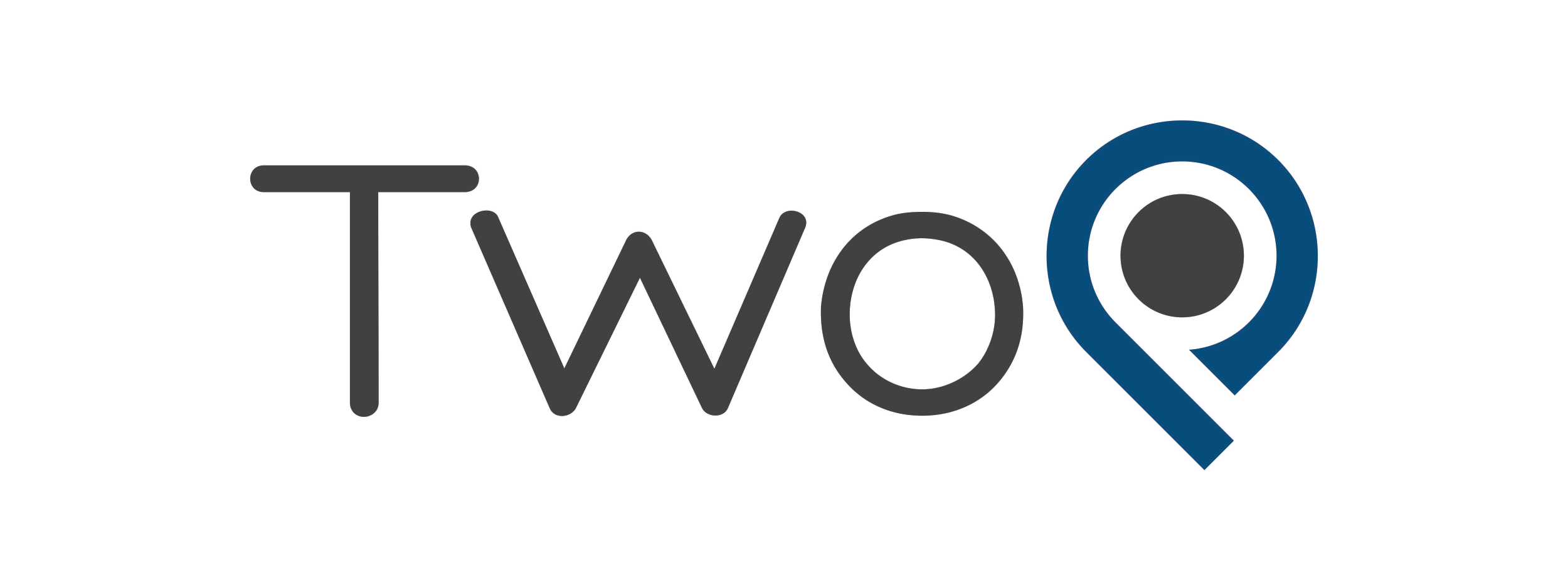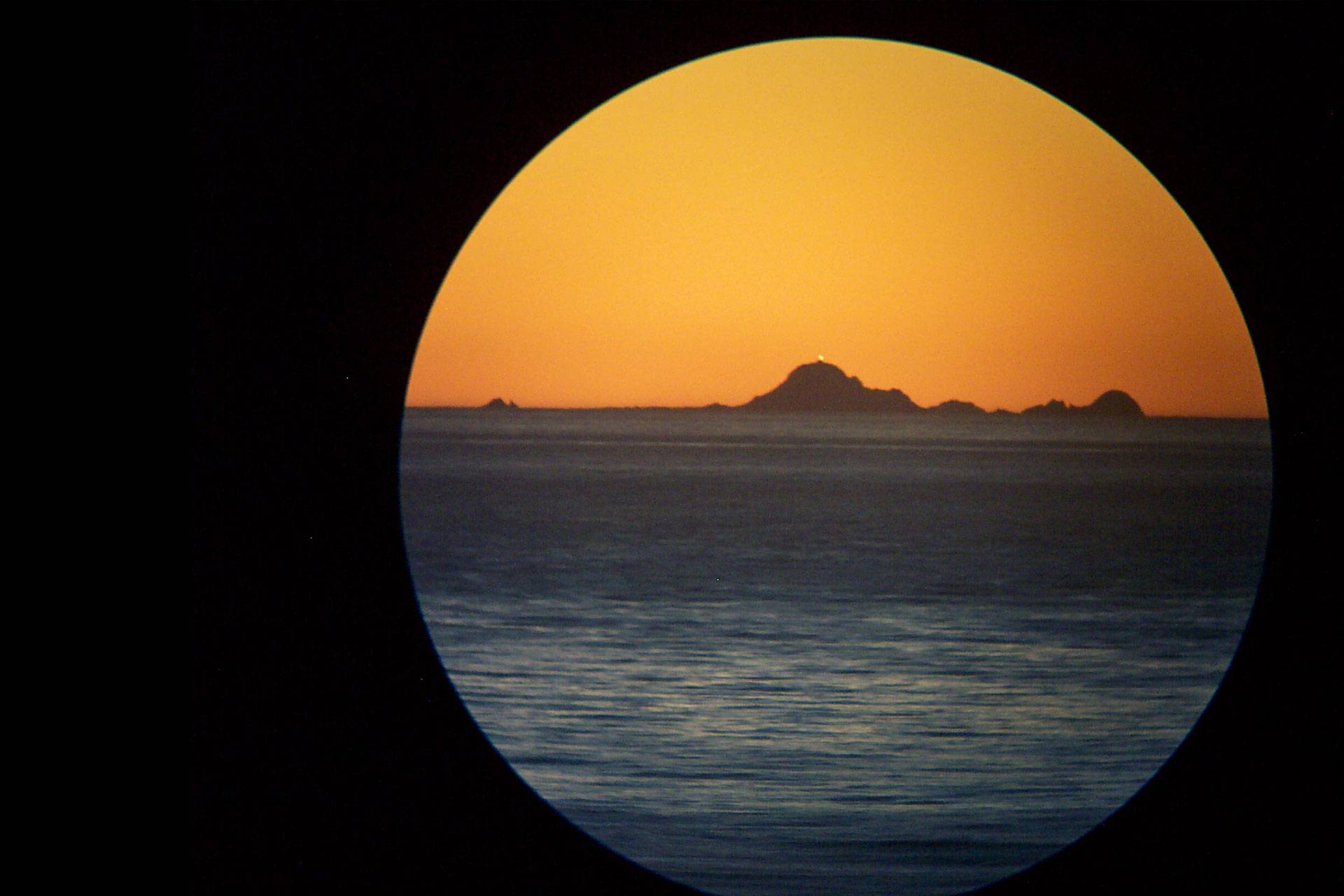
Background
Two P was charged with setting up a reliable, high speed wireless connection for a bird sanctuary on the Farallon Islands, located 30 miles off the coast of San Francisco.
The Farallon Islands are a small cluster of remote islands located approximately 20 miles due South East of the Golden Gate Bridge. The islands represent a diverse ecosystem of wildlife, primarily as a protected bird sanctuary. Point Blue Conservation Science (formerly known as Point Reyes Bird Observatory have staffed the islands with scientists and technical personnel continuously since the mid-1960s. The islands are governed by the United States Fish and Wildlife Service.

The Requirements
In 2008, Two P was approached by the California Academy of Sciences to architect and deploy a network capable of supporting a remote webcam on the island. This required establishing both a fiber on-island network, along with microwave radios linked back to San Francisco. Sufficient network facilities did not exist on the island prior to this project.
The design for the network to the island, on the island, and the streaming camera need to accommodate a strict financial budget. Additionally, there was a power draw limit due to the concerns about the limited solar power & battery backup systems – the island has no utility power.


The Deployment
Working with the support of several partners, Two P installed microwave radios at the City of San Francisco Twin Peaks communication site. These were mated with radios on the Southeast Farallon Islands’s lighthouse location, the tallest point on the islands. The lighthouse building had sufficient power and physical space to house a switch, router, and auxiliary power equipment.
Pre-terminated outdoor grade SMF fiber was run from the lighthouse demarcation point to the lower elevation personnel homes. Fiber continues in a horizontal fashion to a battery/maintenance building. Media converters or fiber capable switches were installed at all of the fiber locations. The main residential building houses a Gig ethernet switch, WiFi access point. Video encoding done with a small PC located at the lighthouse that transcodes video on the island – prior to sending the stream out to the internet.
Once the network was in place for the original webcam connectivity, Two P quickly put in place additional applications to monitor the photovoltaic system and waste water. Other enhancements included VoIP phone service, which was installed within the personnel houses. Prior to this calls had to be made with a particular cellular provider, and only from the lighthouse elevation!
Third parties, including the septic plumbing vendor, have subsequently been able to utilize the network for remote monitoring. Moreover, citizen scientists can now monitor the AIS & ADS-B receivers. Finally, Two P facilitated the restoration of a VHF remote head radio to transmit from a higher elevation lighthouse, with a lower elevation control station.
Two P supported the network until late 2021. In that time numerous upgrades and retrofits were common – as budget and scheduling permitted.

The Takeaways
Deployments on remote islands are an extreme logistical challenge, as no hardware stores or other backup resources are available. Marine salty air is extremely corrosive. Even with containing gear such as radios in fiberglass NEMA boxes, there is infrastructure such as the dishes and mounts, that need constant care and attention to manage rust and the integrity of the system.
The original armored fiber cable was not sufficient to prevent falling rocks from damaging strants. A replacement fiber cable was placed in a raised conduit, and now high quality outdoor grade copper cabling is routinely replaced. Keeping in mind that this sole network connection is critical, repair of the network can take weeks or months. As such, the network has expanded with redundancies over the years. Essentially this translated into two of all infrastructure components: two microwave paths, redundant routers, switches, etc. Network security was enhanced with VPN access, ACL’s to well-known source IP’s, router rate limiting, etc.

“Two P was instrumental in architecting transcoding on-island for the most efficient bandwidth usage.”
– Greg Rotter, California Academy of Science
“Two P provided mission critical network support, including phone service (where satellite is backup) and administrative duties.”
– Pete Warzybok, PointBlue
Our Partners
U.S. Fish and Wildlife (governing entity)
Point Blue (island operations partner)
California Academy of Sciences (webcam partner)
County and City of San Francisco (tower space & fiber connectivity)
The Internet Archive (internet connectivity)
More Information

